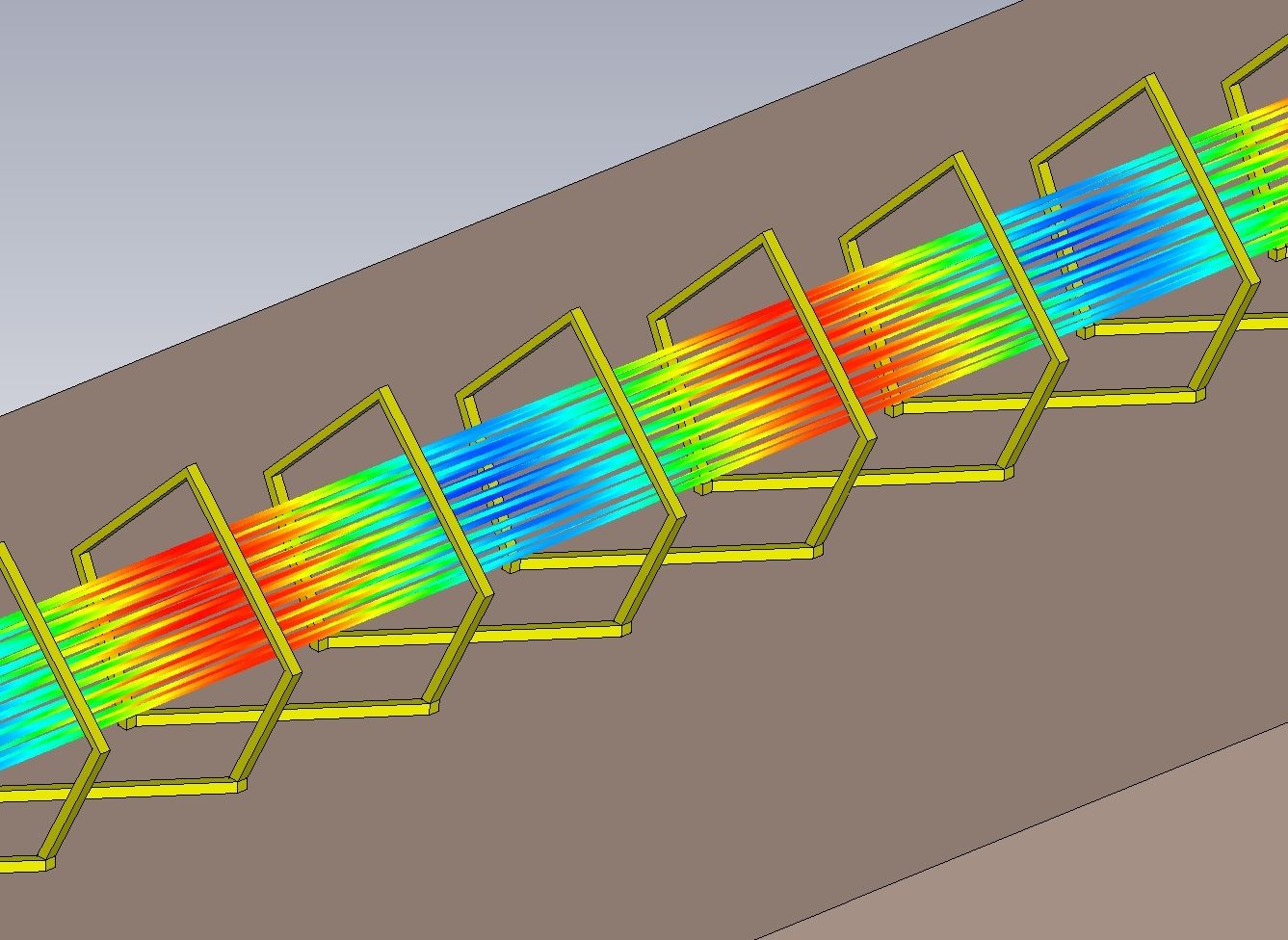
New Demands and New Solutions
2017 saw mobile data usage overtake desktop for the first time in history. The proliferation of IoT, 4K streaming, cloud technologies, autonomous vehicles, and a host of other applications placed a huge burden on the existing mobile network infrastructure, precipitating the move toward a global 5G network.
In the same year, the Ultrawave project was launched as part of the EU-backed H2020 initiative to tackle this increased demand.
"The ULTRAWAVE concept is to create an ultra-capacity layer, aiming to achieve the 100 gigabit of data per second threshold, which is also flexible and easy to deploy.” [phys.org]
Translating this simply, we live in an increasingly connected world, and we need an increasingly robust ability to transmit massive amounts of data. Millions of people live in densely populated city environments, streaming music, movies, video calling, and online gaming, all on-the-go from mobile devices. This new status quo has required the investigation and creation of a significantly improved cellular network infrastructure, hence the Ultrawave concept was born.
Utilizing the 5G Spectrum
The more data a network is required to transmit, the shorter the wavelength it needs to utilize, as short wavelengths can carry lots of data. Wavelength is inversely proportional to frequency: the higher the frequency, the shorter the wavelength.
5G applications tend to use frequencies between 30 GHz and 300 GHz, which have wavelengths between 1 – 10 mm, hence it is referred to as using the millimeter band or “mmWaves”. As higher frequencies/shorter wavelengths are capable of transmitting more data and at higher speeds, mmWaves are able to support a wireless data rate of tens of gigabits per second. Utilizing these specific wavelengths is critical to the network’s ability to transmit 4K streams and other data-intensive applications.
Ultrawave – Beyond 100 GHz

Realizing the Impossible with Microscale Additive Manufacturing
As the lead institution of phase 2 of the Ultrawave project, the Goethe-Universität Frankfurt, headed by Professor Viktor Krozer, conducted finite element modelling (FEM) analysis of waveguide shapes and their effect upon signal strength. Without waveguides in TWTs, the waves expand into 3D space, and the signal amplitude is thus lost. This is an investigation into unique technology, and creating these microscale waveguide structures is extremely challenging, requiring an equally unique solution.
The team at Goethe-Universität approached Exaddon with the aim of 3D printing the tiny waveguides to be used within TWTs, as per the specifications calculated by Prof. Krozer and his team.
Measuring approximately 120 µm in diameter, the tiny waveguides were printed out of pure copper using Exaddon’s unique CERES µAM print system, exactly matching the design specification drawn up by the Goethe team.
A New Age of Manufacturing
Creating these waveguides is a crucial step in developing the cutting-edge TWT technology required to realize the Ultrawave project. Successful manufacture and implementation of these will enable the realization of a game-changing data transportation infrastructure – one which is in ever-increasing demand in the modern world.
At the heart of it all is Exaddon’s globally unique microscale AM technology, and a motivated collaboration with the Goethe-Universität to push the boundaries of high frequency technology.
Reach out to us and learn more
Discuss your high frequency challenges with us, and see how µAM can help
Beyond 5G with Microscale Additive Manufacturing